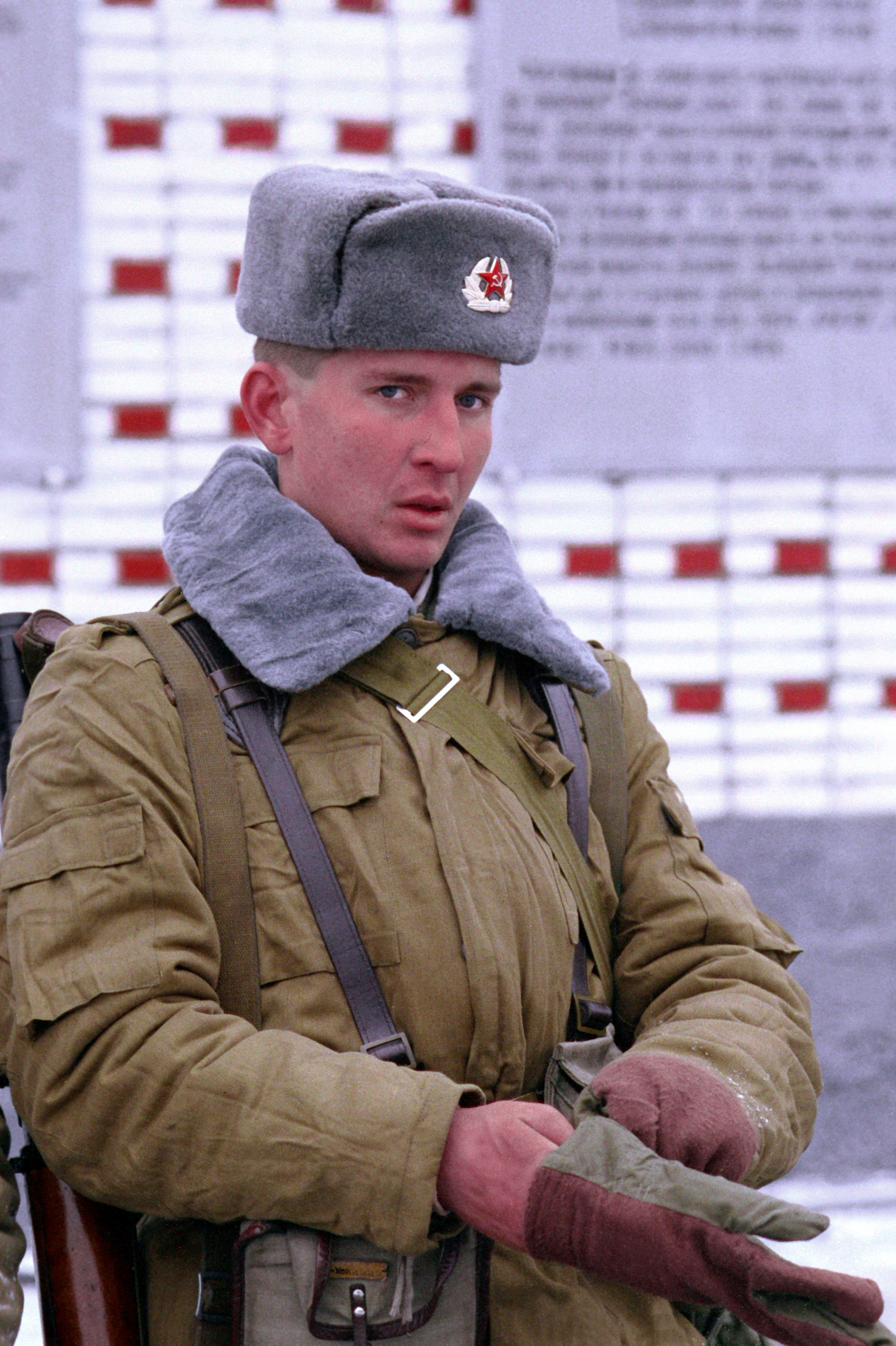|
Svetana Paskaleva
Tsvetana Paskaleva (; , born 22 January 1960 in Nova Zagora, Bulgaria) is an Armenian-Bulgarian journalist, documentary filmmaker, and a member of the International Documentary Association (Los Angeles). She was awarded the 1994 bronze plaque by the Columbus International Film & Video Festival for her documentary work. Biography Paskaleva was born in Bulgaria and graduated from the National Academy for Theatre and Film Arts in Sofia. Paskaleva was admitted to a PhD program for documentary film directing at VGIK, Moscow and during her studies in 1990, she went to the South Ossetian region of Georgia to shoot a film about a brewing ethnic conflict there. Shortly afterward, she visited Nagorno Karabakh and made a film on the deportations of Armenian residents of Getashen, Martunashen and Shaumyan by Azerbaijani interior forces backed by the regular Soviet Army units. At that time Paskaleva decided to quit her PhD studies in Moscow and stay in Karabakh in order to cover the confl ... [...More Info...] [...Related Items...] OR: [Wikipedia] [Google] [Baidu] |
Nova Zagora
Nova Zagora ( ) is a town located in the southeastern plains of Bulgaria, in Sliven Province. It is the administrative centre of Nova Zagora Municipality. As of December 2009, the town had a population of 19,562 inhabitants, while the entire municipality (including surrounding villages) had a population of 34,041. Geography Nova Zagora is located on the main Sofia-Plovdiv-Burgas railroad, as well as the Trakiya motorway that runs from Sofia to Burgas. It is 35 km east of Stara Zagora and 30 km west of Sliven. The is part of the Sliven administrative district. Climate The climate is mild, with an average winter temperature of 1.2 °C and an average temperature in August of 23.5 °C. History The first traces of life in the region date back thousands of years. Many archeological sites are located in the region, showing settlements dating back to the Stone Age and the Stone-Copper age (Eneolithic). The most prominent archeological site is in the nearby village of ... [...More Info...] [...Related Items...] OR: [Wikipedia] [Google] [Baidu] |
Soviet Army
The Soviet Ground Forces () was the land warfare service branch of the Soviet Armed Forces from 1946 to 1992. It was preceded by the Red Army. After the Soviet Union ceased to exist in December 1991, the Ground Forces remained under the command of the Commonwealth of Independent States until it was formally abolished on 14 February 1992. The Soviet Ground Forces were principally succeeded by the Russian Ground Forces in Russian territory. Outside of Russia, many units and formations were taken over by the post-Soviet states; some were withdrawn to Russia, and some dissolved amid conflict, notably in the Caucasus. While the Ground Forces are commonly referred to in English language sources as the Soviet Army, in Soviet military parlance the term '' armiya'' (army) referred to the combined land and air components of the Soviet Armed Forces, encompassing the Ground Forces as well as the Strategic Rocket Forces, the Air Defence Forces, and the Air Forces. After World W ... [...More Info...] [...Related Items...] OR: [Wikipedia] [Google] [Baidu] |
Republic Of Artsakh
Artsakh ( ), officially the Republic of Artsakh or the Republic of Nagorno-Karabakh ( ), was a breakaway state in the South Caucasus whose territory was internationally recognised as part of Azerbaijan. Between 1991 and 2023, Artsakh controlled parts of the former Nagorno-Karabakh Autonomous Oblast of the Azerbaijani Soviet Socialist Republic, including its capital Stepanakert. It had been an enclave within Azerbaijan from the 2020 Nagorno-Karabakh war until the 2023 Azerbaijani offensive, when the Azerbaijani military took control over the remaining territory controlled by Artsakh. Its only overland access route to Armenia after the 2020 war was via the Lachin corridor, which was placed under the supervision of Russian peacekeeping forces. The predominantly Armenian-populated region of Nagorno-Karabakh was claimed by both the Azerbaijan Democratic Republic and the First Republic of Armenia when both countries became independent in 1918 after the fall of the Rus ... [...More Info...] [...Related Items...] OR: [Wikipedia] [Google] [Baidu] |
Capture Of Shushi
The Battle of Shusha (Codenamed: Operation Wedding in The Mountains; Armenian: Հարսանիք լեռներում, ''Harsaniq lernerum;'' Russian: Свадьба в горах, ''Svadba v gorakh)'' (, ) was the first significant military victory by Armenian forces during the First Nagorno-Karabakh War. The battle took place in the strategically important mountain town of Shusha on the evening of 8 May 1992, and fighting swiftly concluded the next day after Armenian forces captured it and drove out the defending Azerbaijanis. Armenian military commanders based in Nagorno-Karabakh's capital of Stepanakert had been contemplating capturing the town after Siege of Stepanakert, Azerbaijani shelling of Stepanakert from Shusha for half a year had led to hundreds of Armenian civilian casualties and mass destruction in Stepanakert. The capture of the town proved decisive. Shusha was the most important military stronghold that Azerbaijan held in Nagorno-Karabakh – its loss marked a t ... [...More Info...] [...Related Items...] OR: [Wikipedia] [Google] [Baidu] |


